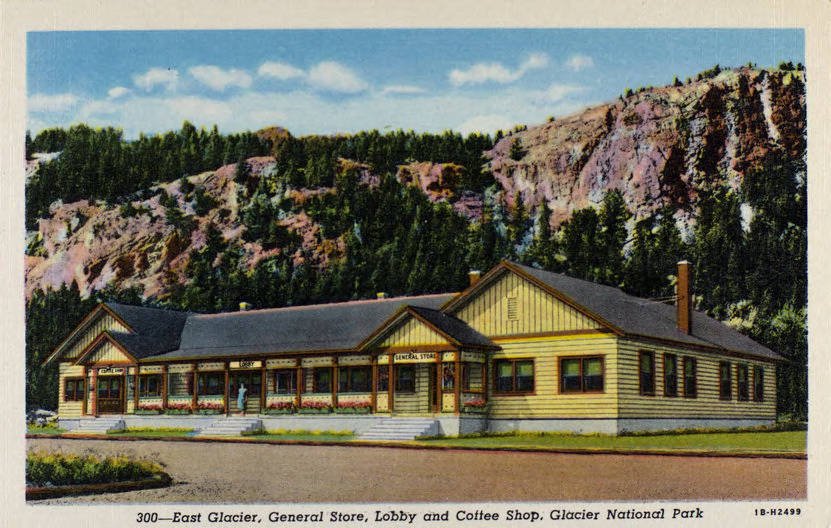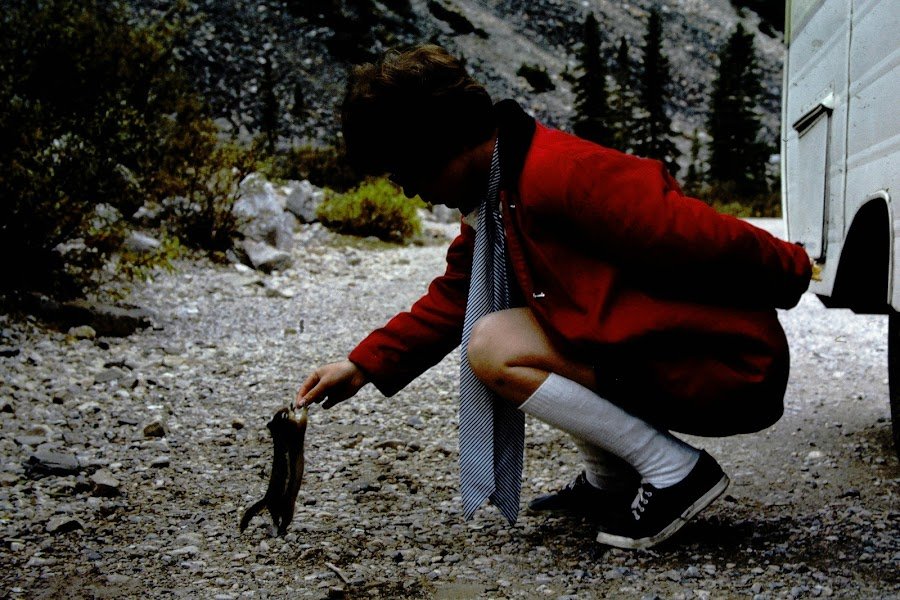Glacier National Park offers a diverse array of backcountry campsites, providing adventurers with immersive wilderness experiences. From alpine meadows to dense forests, these campsites offer unique opportunities to explore the park’s pristine landscapes. Each site has specific regulations, amenities, and access routes, catering to various skill levels and preferences. This guide provides essential information for planning your backcountry camping adventure in Glacier National Park.
What are the Most Popular Backcountry Campsites in Glacier National Park?

Glacier National Park boasts numerous backcountry campsites, each offering a unique experience. Here are some of the most sought-after locations:
- Elizabeth Lake Foot Campground
- Mokowanis Lake Campground
- Stoney Indian Lake Campground
- Fifty Mountain Campground
- Granite Park Campground
- Upper Kintla Lake Campground
- Upper Nyack Campground
- Lincoln Lake Campground
Let’s explore these campsites in detail:
Elizabeth Lake Foot Campground
- Location: Near Many Glacier
- Elevation: Approximately 5,000 feet
- Distance from trailhead: About 10 miles
- Access: Via Iceberg-Ptarmigan Trailhead
Mokowanis Lake Campground
- Location: Many Glacier area
- Elevation: Around 4,500 feet
- Distance: Approximately 9.5 miles from Elizabeth Lake
- Access: From Elizabeth Lake Foot Campground
Stoney Indian Lake Campground
- Location: Many Glacier area
- Elevation: About 4,000 feet
- Distance: Around 12 miles from Many Glacier
- Access: From Mokowanis Lake
Fifty Mountain Campground
- Location: Along the Highline Trail
- Elevation: Approximately 6,000 feet
- Distance: About 15 miles from Many Glacier
- Access: From Stoney Indian Lake
Granite Park Campground
- Location: Along the Highline Trail
- Elevation: Around 6,600 feet
- Distance: Approximately 17 miles from Many Glacier
- Access: From Fifty Mountain
Upper Kintla Lake Campground
- Location: Northwest part of the park
- Elevation: About 4,000 feet
- Distance: Around 14 miles
- Access: From Kintla Lake Trailhead
Upper Nyack Campground
- Location: Nyack area
- Elevation: Approximately 4,500 feet
- Distance: About 10 miles
- Access: From Nyack Creek Trailhead
Lincoln Lake Campground
- Location: Along the Lincoln Lake Trail
- Elevation: Around 5,500 feet
- Distance: Approximately 8 miles one way
- Access: From trailhead near Going-to-the-Sun Road
What Amenities are Available at Backcountry Campsites?


Backcountry campsites in Glacier National Park offer basic amenities to ensure a comfortable wilderness experience while preserving the natural environment. Here’s what you can expect:
Water Sources
- Most campsites have nearby streams, lakes, or creeks
- Water must be treated or filtered before consumption
Restroom Facilities
- Primitive restrooms, typically pit toilets
- Some sites may have designated natural areas for waste disposal
Food Storage
- Bear-resistant containers required
- Food and scented items must be hung at least 10 feet off the ground and 4 feet out from the trunk
Fire Regulations
- Fires generally allowed but may be restricted seasonally
- Some campsites have specific fire restrictions (e.g., limited fuel, no wood fires)
What are the Specific Rules and Restrictions for Backcountry Camping?
To protect the park’s ecosystem and ensure a safe experience for all visitors, Glacier National Park enforces several rules and restrictions for backcountry camping:
- Three-night limit at most campsites
- Some sites, like Granite Park, must be part of an extended itinerary during peak season
- Many Glacier and Two Medicine campsites not available on the first night of an itinerary
- One-night limit per trip at certain campsites
- Proper food storage required to protect against wildlife
- Leave No Trace principles must be followed
How Accessible are the Backcountry Campsites?
Accessibility varies greatly among Glacier National Park’s backcountry campsites. Here’s an overview of trail conditions and hiking times:
Trail Conditions
- East side trails: Sparsely vegetated, open vistas
- West side trails: More forested, greater solitude
- Terrain varies from heavily forested to open alpine
Average Hiking Times
- Vary significantly based on trail and hiker’s pace
- Example: Many Glacier to Elizabeth Lake Foot Campground (10 miles) takes about 6-8 hours
Known Challenges or Hazards
- Wildlife Encounters
- Grizzly bears, black bears, mountain goats, bighorn sheep
- Proper food storage and awareness crucial
- Weather Conditions
- Unpredictable with sudden changes
- Prepare for rain, snow, and extreme heat
What Permits are Required for Backcountry Camping?
Backcountry camping in Glacier National Park requires proper permits and adherence to specific regulations:
Permit Requirements
- Backcountry permit required for all overnight camping
- No fee for the permit itself
- $7 per person per night camping fee
Application Process
- Permits can be reserved in advance
- Limited availability, especially for popular sites
- Early application recommended, particularly for peak season (July to September)
Seasonal Restrictions and Quotas
- Some campsites have specific restrictions
- Example: Granite Park must be part of an extended itinerary during peak months
How to Plan a Successful Backcountry Camping Trip in Glacier National Park?
Planning a successful backcountry camping trip in Glacier National Park requires careful preparation and consideration of various factors:
- Choose your campsite based on skill level and desired experience
- Apply for permits well in advance, especially for peak season
- Research trail conditions and difficulty levels
- Prepare for various weather conditions
- Pack appropriate gear, including bear spray and food storage equipment
- Familiarize yourself with Leave No Trace principles
- Inform someone of your itinerary before departing
- Be prepared for wildlife encounters and know proper safety protocols
By following these guidelines and respecting park regulations, you can ensure a safe and enjoyable backcountry camping experience in Glacier National Park’s stunning wilderness.